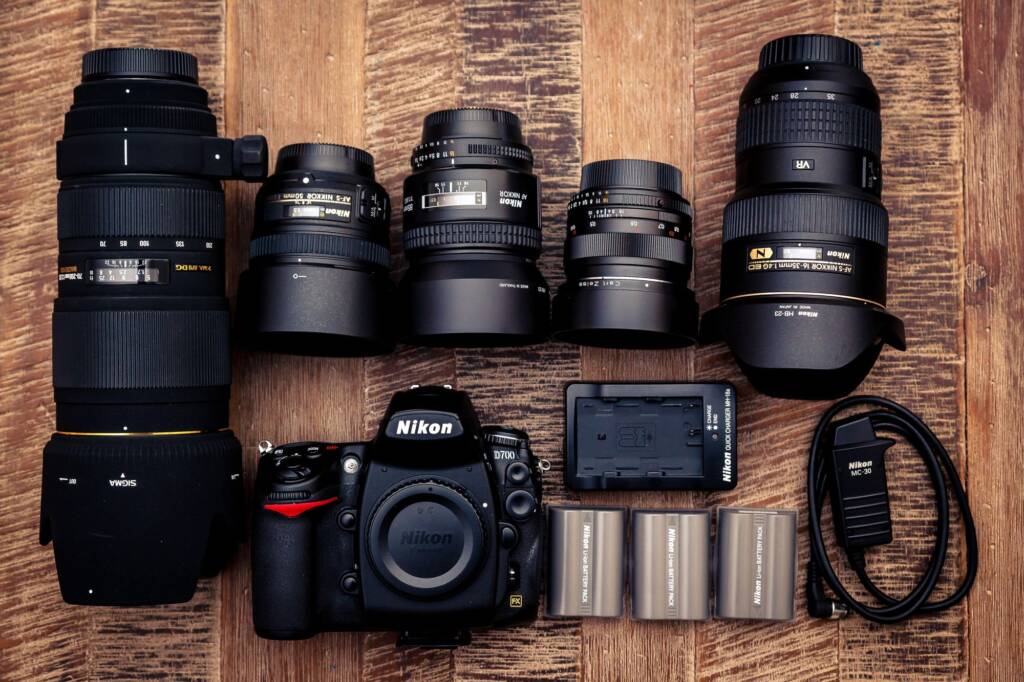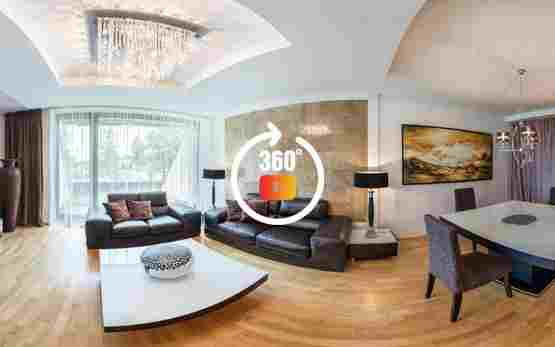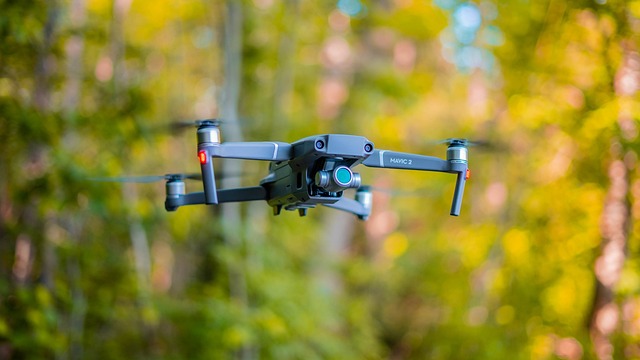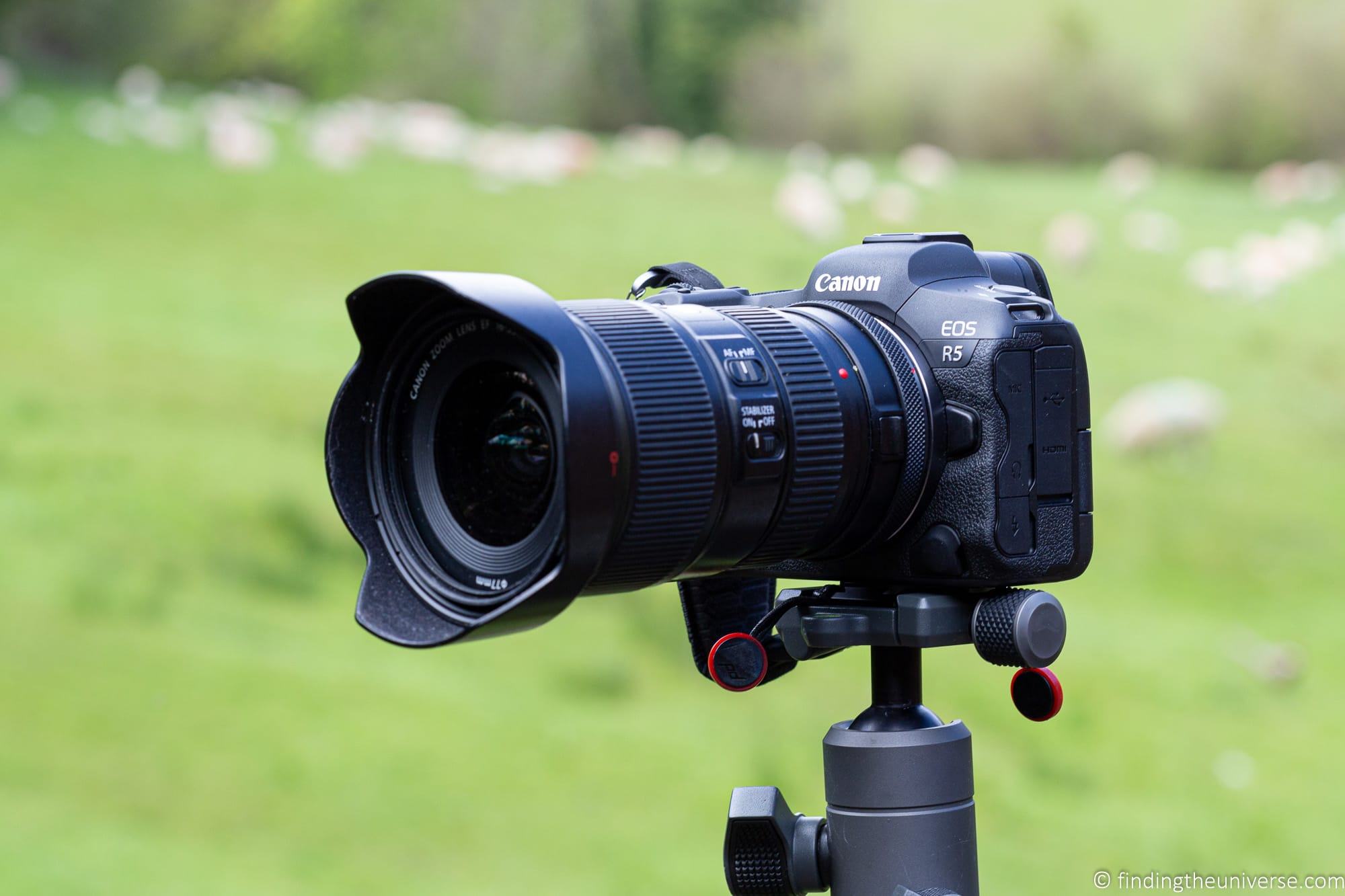Technology around real estate visuals is advancing at an alarming rate. With 99% of homebuyers searching for homes online, you should post high-quality visuals to attract potential buyers. That’s why you need high-quality real estate photography and videography tools.
Most real estate agents believe that high-quality photography leads to faster property sales. This means that high-quality photography is crucial for real estate agents.
However, juggling shoots, editing, and client communication can quickly become overwhelming.
Therefore, the key to success lies in streamlining your workflow. Utilizing the right tools saves precious time, ensures consistency, and delivers exceptional results for your clients.
This blog explains the best tools for real estate photography and videography, categorized across various stages of your workflow. Ensure you subscribe to our email list for more tips on succeeding in real estate photography and videography.
Pre-Production Tools for Real Estate Photography and Videography
1. Scheduling and communication tools
Scheduling tools like Calendly can streamline your booking process. These platforms allow clients to find convenient slots on your calendars and automatically send appointment confirmations.
Real estate CRM (Customer Relationship Management) software like LionDesk can further centralize client communication, keeping track of leads, property details, and communication history.
2. Project management tools
Project management tools like Asana can help you organize shoots, track progress, and collaborate seamlessly with clients.
You can create project boards for each listing, outlining tasks, and deadlines, and assigning responsibilities. This keeps everyone on the same page and ensures nothing falls through the cracks.
On-Site Photography Tools for Real Estate Photography and Videography
3. Camera gear

While high-end equipment can be beneficial, you don’t necessarily need the most expensive camera to capture stunning real estate photos. A full-frame DSLR or mirrorless camera with a wide-angle lens (ideally 16mm-35mm) is a solid starting point.
Invest in a sturdy tripod for sharp images and a good-quality flash to control lighting, especially in low-light conditions.
While a DSLR or mirrorless camera can capture decent video footage, consider investing in a dedicated video camera for professional-looking results.
Features like smooth zoom capabilities, high frame rates for slow-motion effects, and external microphone inputs will elevate your videography.
A gimbal stabilizer is another valuable tool, as it minimizes camera shake and creates smooth, cinematic footage.
4. HDR photography
High Dynamic Range (HDR) photography combines multiple exposures of the same scene into a single image, capturing a wider range of light and detail.
This is particularly useful for real estate photography, as it balances brightly lit windows with darker interiors, creating a more natural look.
There are dedicated HDR photography tools available, but many modern cameras have built-in HDR modes.
5. Camera for 360° virtual tours

360° virtual tours allow potential buyers to explore a property virtually, offering an immersive experience from the comfort of their homes. Statistics show that 67% of home buyers prefer to see a virtual tour during their home search.
There are dedicated 360° cameras available to help you capture high-quality virtual tours for your audience.
6. Drone photography (optional)

Drone photography adds a unique perspective to your real estate videos, showcasing the property’s surroundings and offering stunning aerial views. However, be sure to check local regulations regarding drone usage and obtain the necessary permits before incorporating it into your services.
Post-production Tools for Real Estate Photography and Videography
7. Photo and Video Editing Software

Adobe Lightroom is an industry standard for real estate photography editing. It offers various tools for color correction, exposure adjustments, noise reduction, and basic image manipulation.
For more advanced editing and compositing needs, Adobe Photoshop remains the go-to choice.
Other free alternatives like GIMP and Canva offer similar functionalities, making them a good option for beginners.
8. Cloud storage and delivery
Cloud storage platforms like Google Drive or Dropbox offer a secure and convenient way to store and share your photos and videos with clients.
Many editing software programs integrate seamlessly with cloud storage, allowing for efficient workflow management.
9. Marketing Tools
Social media scheduling tools like Hootsuite or Buffer can help you promote your real estate photography and videography services across various platforms.
These tools allow you to plan and schedule your posts in advance, saving time and ensuring consistent brand messaging.
Points to Remember
- Invest in yourself. While the right tools are crucial, remember that mastering the fundamentals of photography and videography is equally important. You can take online courses, attend workshops, and practice your skills to create high-quality visuals consistently.
- Client communication. You should maintain clear and consistent communication throughout the process. Discuss their expectations, update them on shoot schedules and editing timelines, and be open to feedback. Building strong rapport with clients is vital for long-term success.
- Stay updated. The technology landscape is constantly evolving. Stay informed about the latest trends in real estate photography and videography techniques. In addition, you should explore new tools and software, and consider incorporating them into your workflow as needed.
Utilizing these tools and prioritizing the points to remember will help you streamline your workflow. You can also save valuable time, and establish yourself as a reliable and professional real estate photographer and videographer.
Remember, a well-defined workflow not only benefits your efficiency but also translates into a smoother experience for your clients. As a result, it leads to higher client satisfaction and a thriving business.
Tools for Real Estate Photography and Videography: Conclusion
The real estate industry is fiercely competitive, and high-quality visuals are a powerful tool to help listings stand out. Therefore, with the right tools and streamlining your workflow, you can efficiently capture stunning photos and videos.
As a result, you will showcase properties in their best light, leaving a lasting impression on potential buyers and propelling your real estate photography and videography business to new heights.
Remember that high-quality photography and videography will sell your properties fast. So don’t hesitate to prioritize high-quality.
FAQs: Streamlining Your Real Estate Photography & Videography Workflow
- How much does real estate photography equipment cost?
The cost of real estate photography equipment varies depending on your needs and budget. A good starting point includes a full-frame DSLR or mirrorless camera with a wide-angle lens from Ksh.50,000 and above.
A sturdy tripod and flash are also essential additions around Khs.10,000 and above. 360° cameras and drone technology add further capabilities but come with additional investment (drones typically require commercial permits and regulations).
- What are some free or affordable alternatives to expensive editing software?
While industry-standard tools like Adobe Lightroom and Premiere Pro offer a comprehensive set of features, there are free and affordable alternatives available.
For example, GIMP is a free and open-source image editing software with a vast array of capabilities.
- How can I create a signature style for my real estate photography and videography?
Developing a signature style involves finding a visual aesthetic that resonates with you and complements the properties you shoot. You can experiment with different lighting techniques, angles, and color palettes to create a cohesive look across your portfolio. Consistency is key, so once you find a style that works, refine and maintain it throughout your work.
- Where can I find free or affordable image presets?
Many photo editing software programs offer built-in presets you can utilize as a starting point. Numerous websites and marketplaces also sell preset packs specifically designed for real estate photography, allowing you to achieve a consistent style with minimal editing effort.
- How important is marketing for real estate photographers and videographers?
Marketing is crucial for attracting new clients and showcasing your expertise. You can utilize social media platforms like Instagram and Facebook to share your work and connect with potential clients.
Furthermore, social media scheduling tools can streamline your marketing efforts by allowing you to plan and publish content efficiently.
In addition, consider creating a website to showcase your portfolio, services, and client testimonials.


